Piolets d'Or Announces the "Significant Ascents" of 2023
This list of 68 climbs is effectively a "long list" used to select nominees of the prestigious alpine award.
Away from sunbathing, water sporting tourists and busy beaches, the island is a world biodiversity hotspot, home to incredible wildlife and plants.

With over 160km of talcum-powder sand beaches and turquoise lagoons, the island of Mauritius is protected on all sides by an encircling coral reef. Mauritius is increasingly focusing on ecotourism and, together with a number of forward-thinking operators, the island clearly has its eye on becoming a world leader in green tourism.
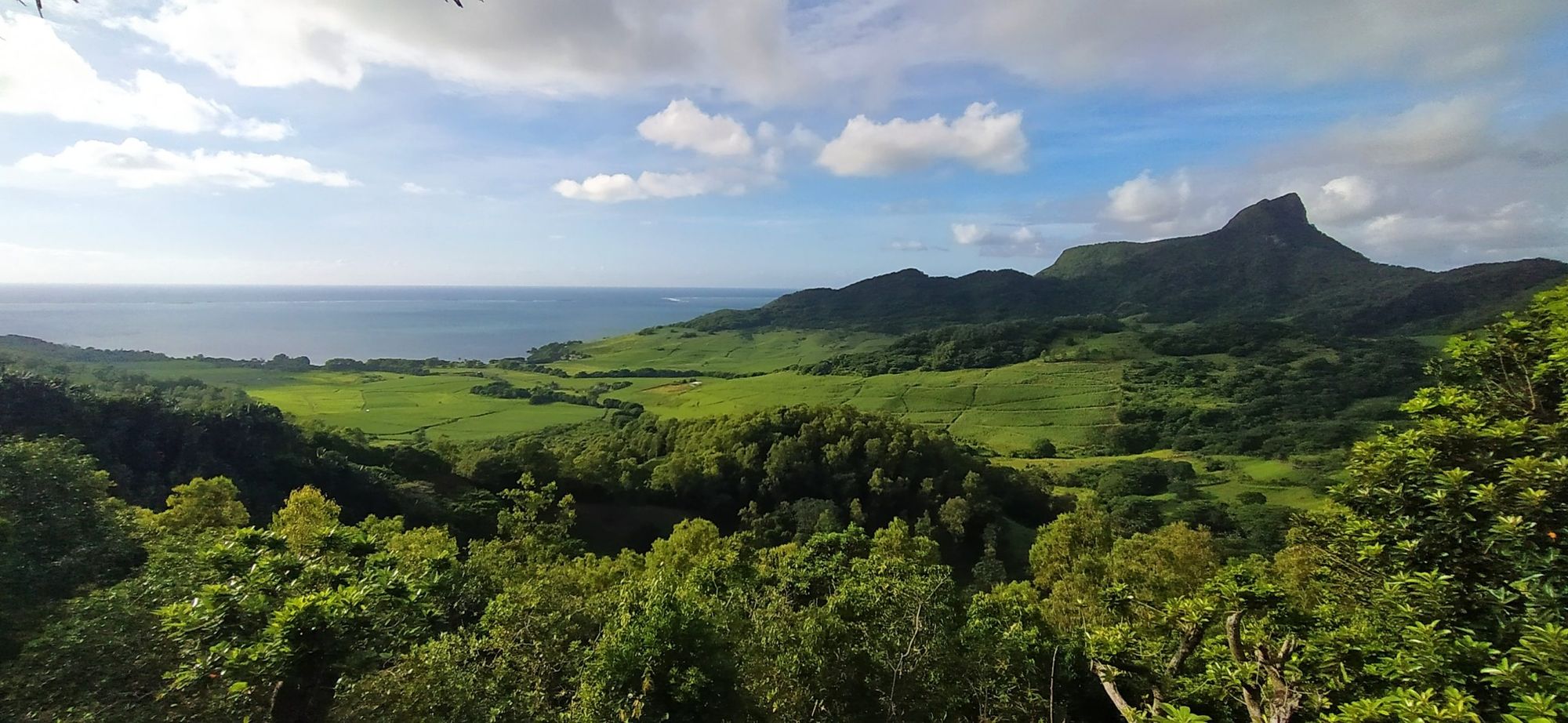
When you live on a small island in the Indian Ocean, you’re sensitive to every tiny environmental change that happens around you. And when one of your most famous tourist attractions is, in fact, extinct, you know how important it is to protect that environment. It might be too late for the Dodo, but a number of other birds and ‘creatures’ in Mauritius have thankfully been saved by human intervention in the last few decades. As awareness grows of the importance of maintaining the island’s ecosystem, for its flora, fauna, Mauritius is working hard towards its goal of conservation and sustainable tourism. It is this side of Mauritius that I had come to experience.
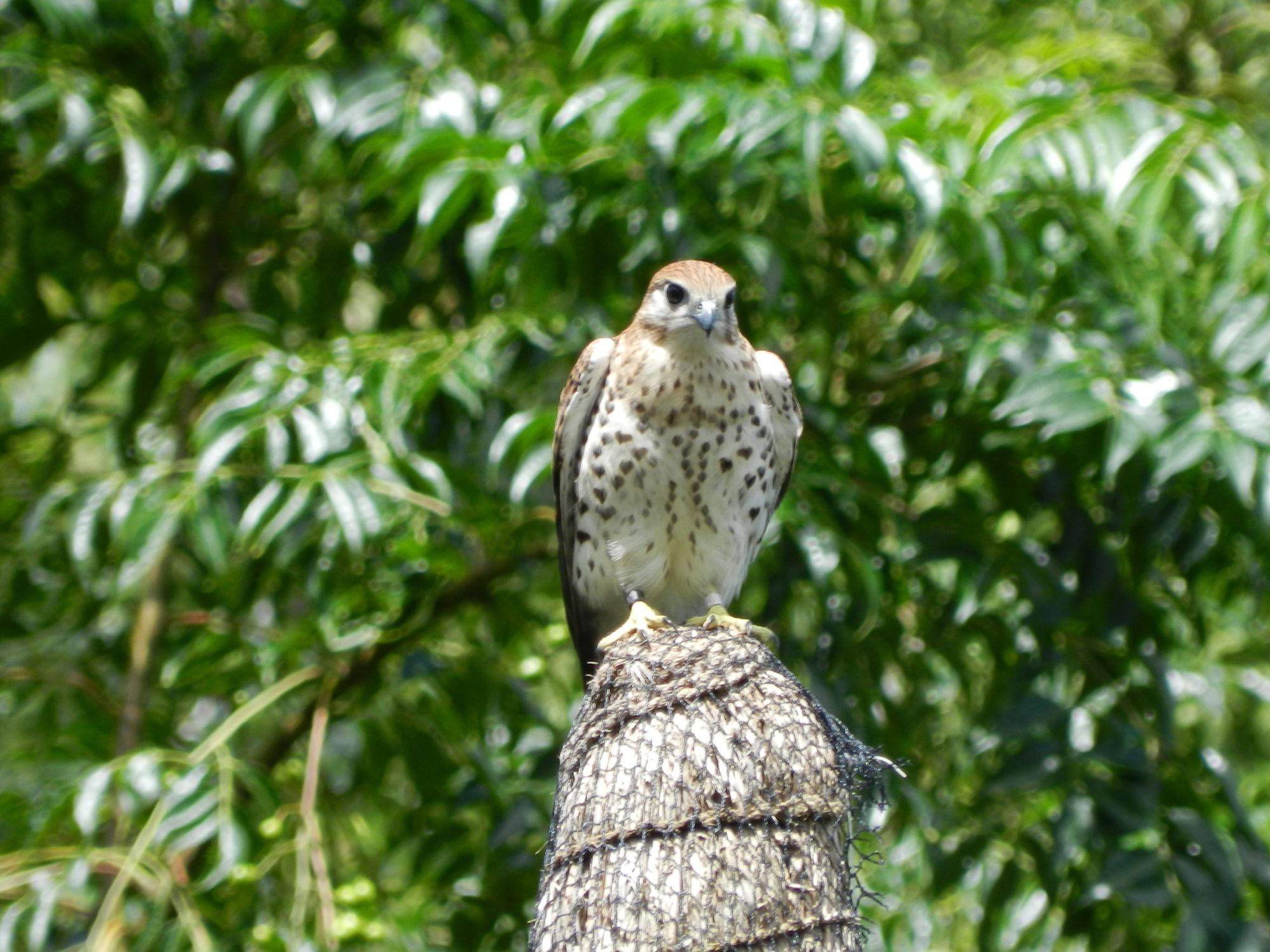
I was lucky enough to be invited to the opening of a brand new eco-experience based in Kestrel Valley, a 200-hectare private nature reserve on the east coast of Mauritius. Previously functioning as a deer hunting farm, Kestrel Valley has completely discontinued hunting and switched the focus of this beautiful piece of land to conservation, habitat restoration and the protection of endemic and endangered species. The valley is home to the Mauritian Kestrel, once one of the most endangered birds in the world, and one that has been brought back from the brink of extinction by the concerted efforts of conservationists and scientists.

The Kestrel Valley Nature Reserve is the base camp from which volunteers will participate in a variety of conservation programmes. Although the project is generally targeted towards gap-year student and generally more youthful conservation enthusiasts than me (I was almost old enough to be mother to some of the other participants!), I was fortunate enough to be invited along to experience their hands-on approach to conservation. We spent our time in the valley monitoring and carrying out census counts on Kestrels and endangered Mauritian Fruit Bats. We also took part in alien plant eradication, which was quite literally ‘hand weeding’ in the forest but was remarkably rewarding as we carted armfuls of invasive plants out of the forest, making way for indigenous plants to grow.
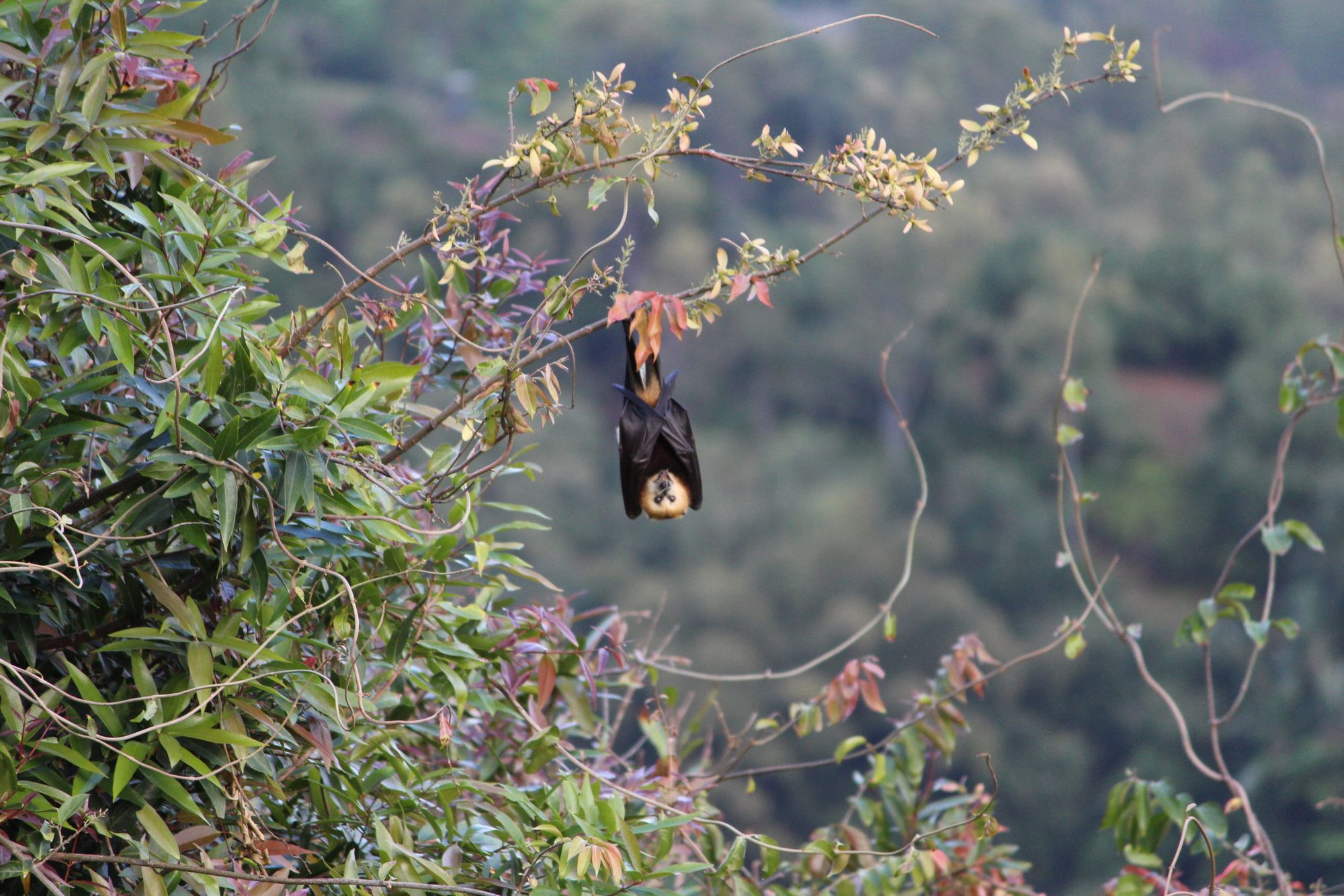
Like most of the Indian Ocean, Mauritius has seen a sharp decrease in its coral reef, due to climate change and aggressive fishing methods. So when we had some time out from projects on dry land, I joined the other volunteers for a couple of interesting reef and lagoon projects. We spent two days of our week on the island in the water, getting a hands-on experience of the work being done to safeguard the future of the island’s marine environment. We spent one day in Blue Bay looking for, monitoring, identifying and counting endangered sea turtles, and the following day took part in a coral farming project that aims to grow corals to replenish damaged areas of the island’s reefs.
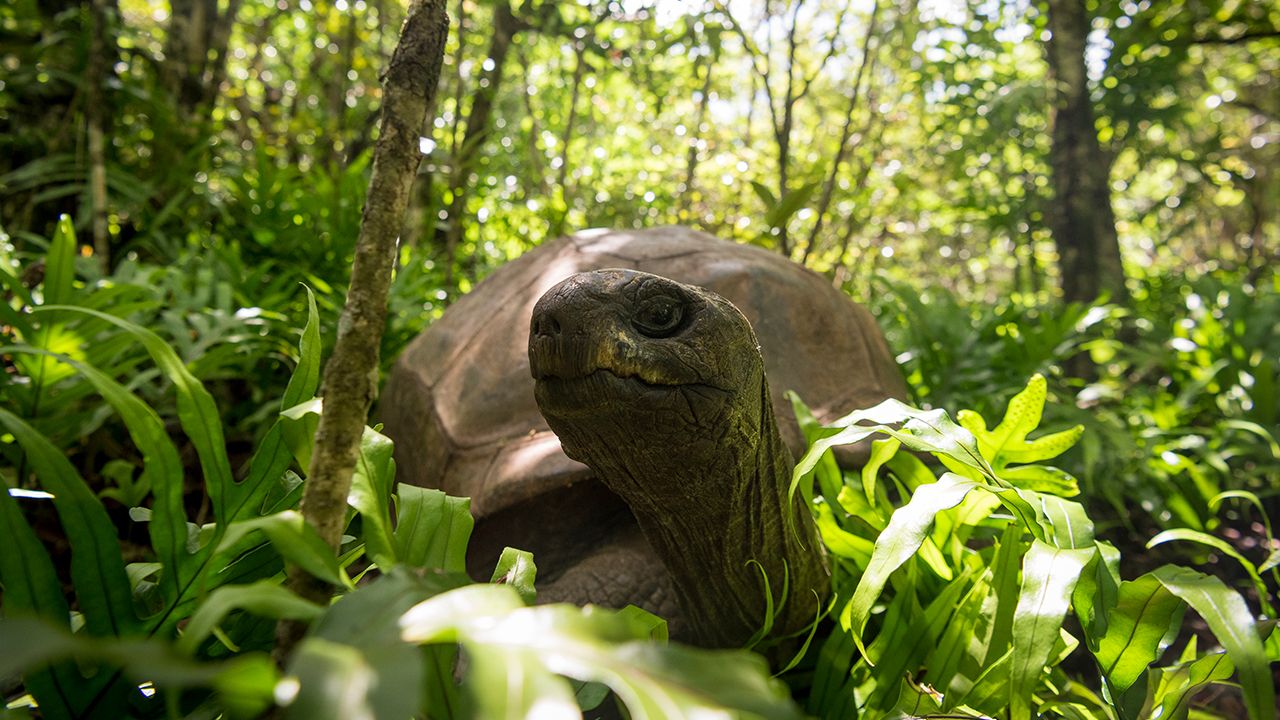
On a day off from ‘hands-on’ conservation, we had a guided tour of the tiny rocky wildlife sanctuary of Ile aux Aigrettes. Resident scientists gave us a series of talks and guided walks around the islet and introduced us to some of its more endangered inhabitants, including the pink pigeon, which along with the Mauritius kestrel, echo parakeet and Mauritius skink, have been brought back from the brink of extinction. We also saw the rare Olive White Eye and brightly coloured Mauritian Fody, numerous startlingly vibrant Mauritian Day Geckos and the island’s extensive nursery for indigenous and native plants. The passion of the scientists here was contagious and we left at the end of the day with a new appreciation of the dedication that goes into conservation, habitat restoration and saving of species.
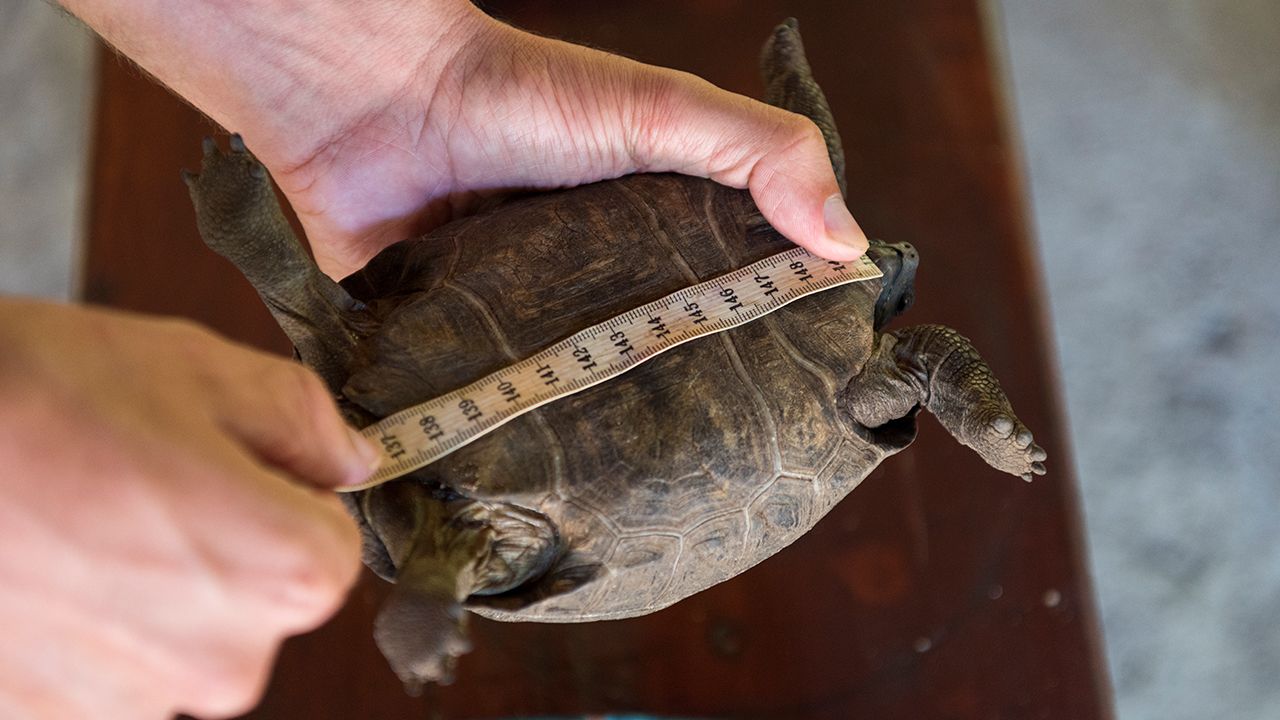
Just over the hills from the Kestrel Valley project is Vallée de Ferney, a 200 hectare forest and wildlife reserve, established in 2006, as a conservation trust, in partnership with the Mauritian Wildlife Foundation. With less than 2% of the indigenous forest ecosystems of Mauritius remaining, Ferney is one of the last nature preserves on the island, a biodiversity sanctuary where some of the rarest plant and animal species on the island are found. After a week of ‘work’ at Kestrel Valley I was invited to Ferney to see their impressive plant and animal restoration project.

Vallée de Ferney’s fragile biodiversity was discovered when a highway was scheduled to be constructed right through the valley. Luckily, before work could commence, surveys of the valley led to the discovery of several plant species that were either new to science or were thought to have been extinct. Most exciting of all was the discovery of a specimen of the critically endangered Bois Clou (subsequently a handful more of which have been found in the valley). Various local protests and petitions saw the highway project being scrapped.
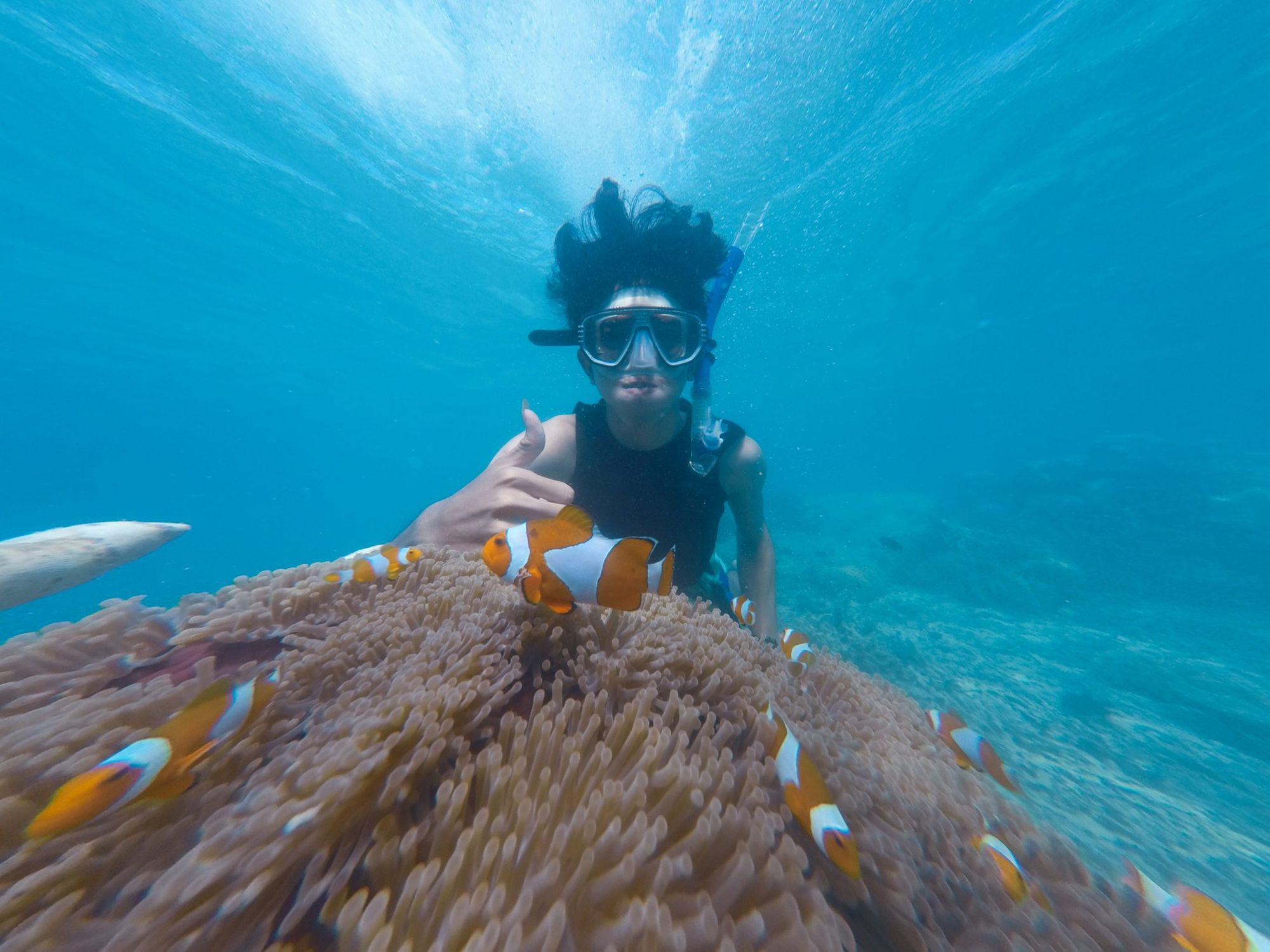
There are some remarkable statistics that demonstrate the impact the Ferney team have achieved. 10 Hectares of the forest have been hand weeded, just like I had done ‘next door’, to remove alien invasive plants and over 30,000 endemic trees have been planted in their place. There is a nursery with a stock of over 11,000 native plants, a number of which are rare or critically endangered. In 2020 seven specimens of another rare tree, Le Manglier Vert, were also discovered and are now being protected, and the team plan to plant an additional 4,000 more indigenous trees in the valley by the end of this year. Plants are not the only focus of Ferney. The team here have released 150 endemic birds into the valley, including 70 endangered Echo Parakeets, 30 Pink Pigeons (who have bred successfully) and 30 Mauritian Fly Catchers. There are also 14 or 15 pairs of Mauritian kestrels in the reserve.
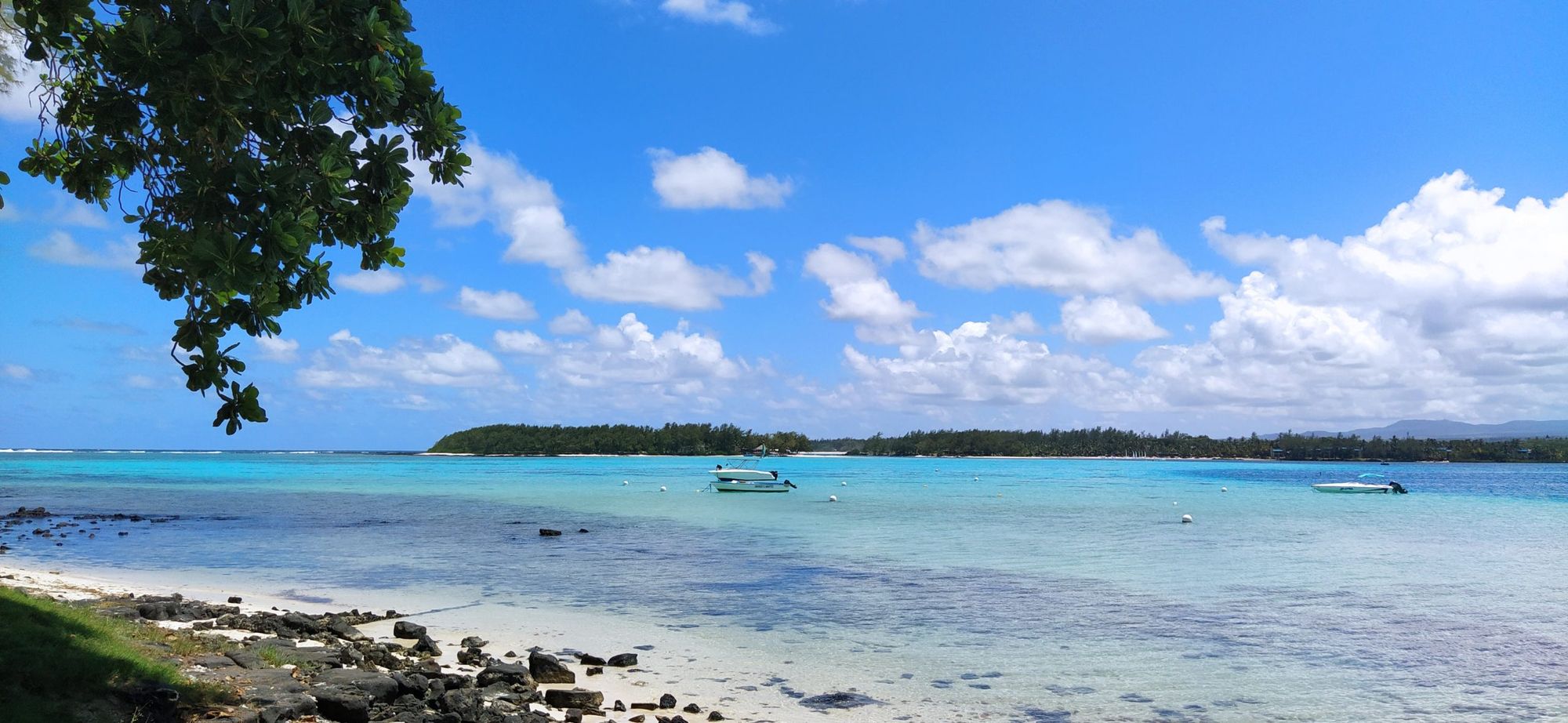
No trip to Mauritius would be complete without a trip to the beach, that is what the island is best known for after all! But even with beach travel, more and more travellers are now looking for sustainable development and responsible tourism. In the north of the island, Lagoon Attitude, a 182 roomed hotel that overlooks one of the largest lagoons in Mauritius, has stepped up to answer these needs. Right on the beach, and without doing away with all the glamour of a tropical beachside resort, Lagoon Attitude has introduced a swathe of innovations that means even the most eco minded guest can be happy.

Removing all single-use plastics from the resort, the hotel estimates they have eliminated 690,000 items of plastic litter per annum. They have also introduced eco-workshops in upcycling ocean waste and a ‘blue net bag’ collection programme to encourage guests to collect even tiny pieces of litter from the ocean. Switching cleaning products used on their boats to eco-friendly products prevents further reef degradation, as does provide guests with 100% natural, non-polluting, locally made sunscreen. Providing reusable water bottles, solar water heating and much more, the hotel has really embraced the idea of green tourism.
A recently opened Marine Discovery Centre within the hotel grounds is a marine laboratory employing two full-time scientists who work under the supervision an of consultant marine biologist. The lab will be the base for marine research, a coral reef monitoring programme and a coastal mangrove rehabilitation project.

Staying at these eco-focused places in Mauritius shows that just like “having your cake and eating it too”, that even in paradise you can “enjoy nature and protect it too”.
Where in the World – An Indian Ocean island nation, Mauritius is 65 km long and 45 km wide. Its land area is 1,864.8 km2 and is surrounded by more than 150 km of white sandy beaches and lagoons that are protected from the open sea by the world's third-largest coral reef, which circles the island.
Know before you go - Mauritius is a biologically unique paradise that forms part of Madagascar and Indian Ocean Islands biodiversity hotspot. The island has a high level of endemism, with many of its plants and animals only being found here.
Mauritius is recognized by the IUCN as a “Centre of Plant Diversity”. This exceptional endemism is a result of the island’s location, age, isolation and varied landscape. 39% of plants, 80% of non-marine birds, 80% of reptiles, and 40% of bat species reported as endemic. Forests support 691 species of indigenous flowering plants, 52 native species of vertebrates and 30 species of land birds. Another major ecosystem for Mauritius is the marine environment which is comprised of 16,840 km2 of the territorial sea with 786 species of fish, 17 species of marine mammals, and 2 species of marine turtles.
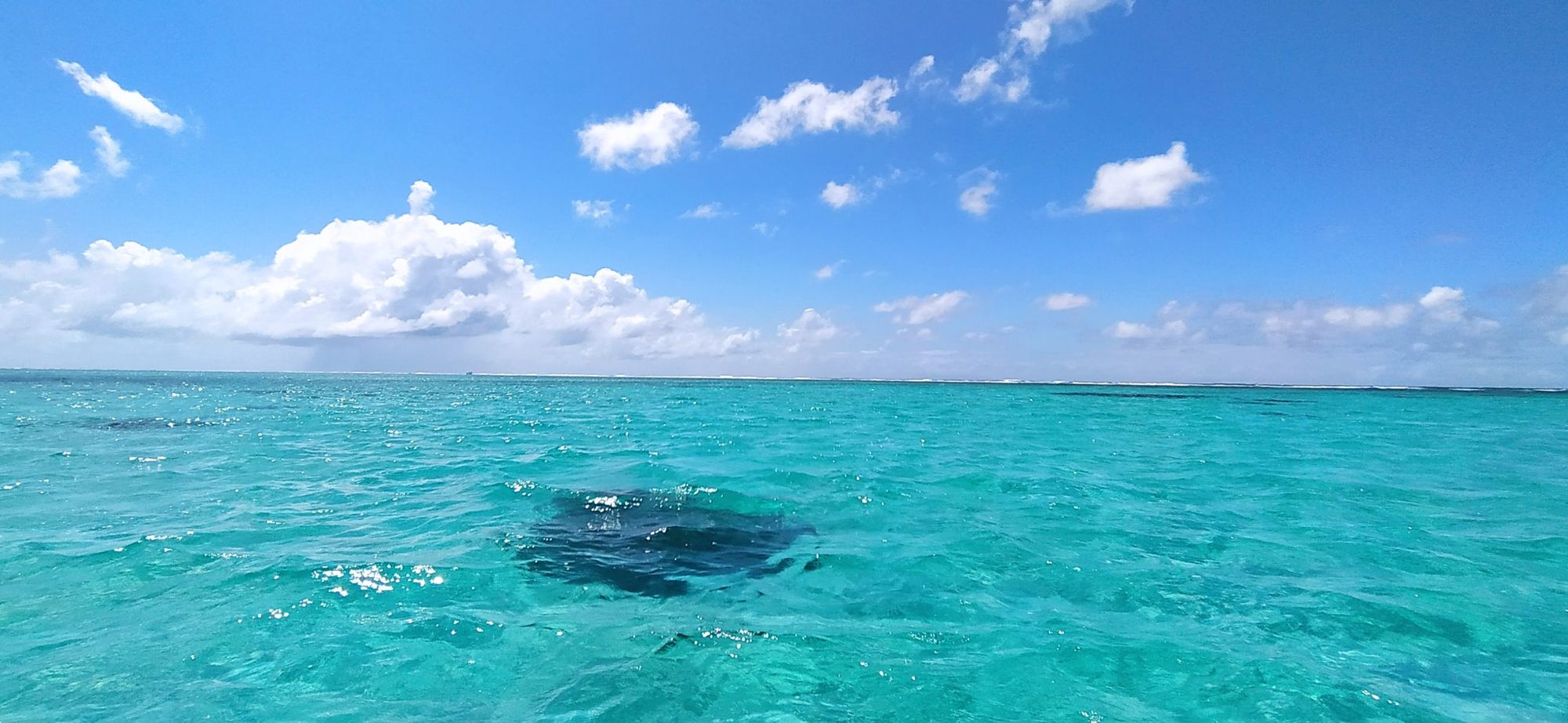
Things to do - Turtle identification, lagoon monitoring, coral farming as well as short-term volunteering and long term internships with Eco Sud https://ecosud.mu/lagon-bleu/
- Visit Ile aux Aigrettes and see first-hand the impact that committed scientists have had to the restoration of the islet and the breeding of endangered plants and animals
- Hike the 3km track through the restored indigenous forest at Ferney La Vallée
- Eat at the Ferney Falaise Rouge restaurant, located just a few minutes from the nature reserve. The menu includes local produce like venison, chicken and fish, and has magnificent sea-views facing the Grand-Port bay and Lion Mountain.
- Visit one of the local beaches, like Tamarin Beach in the south, and enjoy local street food

Find out more about Kestrel Valley, Attitude Lagoon Hotel and Vallee de Ferney
Cover photo: The mainland seen from wildlife sanctuary of Ile aux Aigrettes. Photo credit Sarah Kingdom
2nd best newsletter in the universe